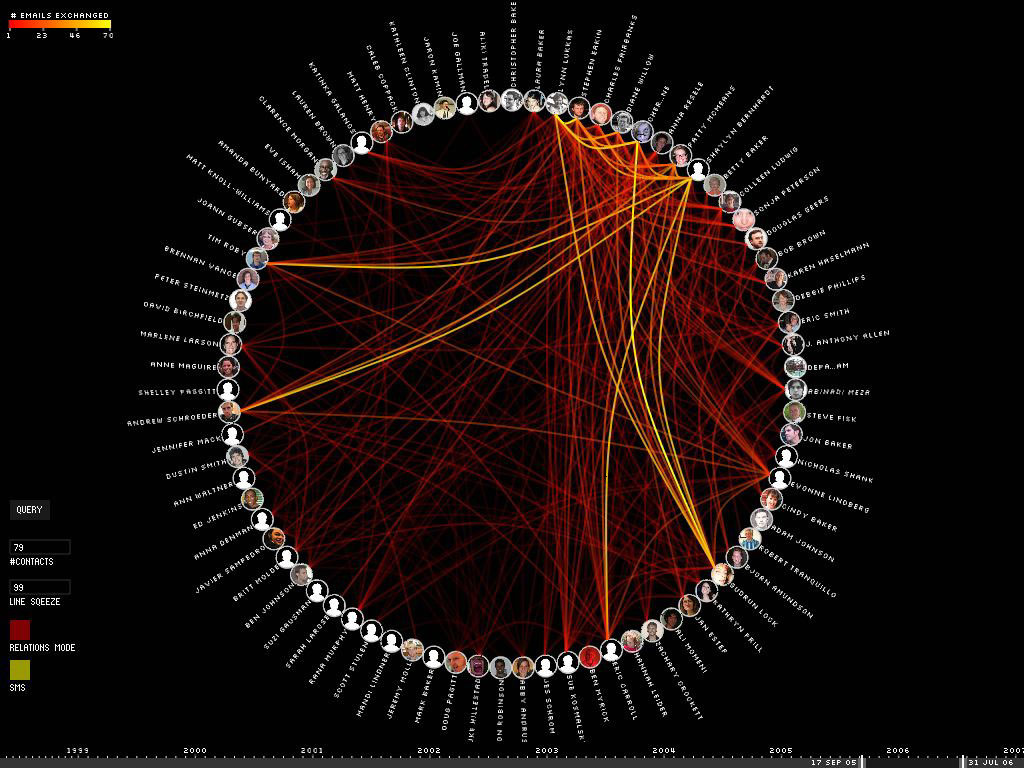I Will Not Follow
In 1983 Celtic troubadours The Waterboys released a song called “I Will Not Follow”. I’m pretty sure it was a response to U2′s anthemic “I Will Follow”. Answer songs have a rather mixed history (though I’m grateful to the category for providing us with Roxanne Shante and Althea & Donna…), and I suspect “I Will Not Follow” was not The Waterboys’ finest moment Nonetheless, I admired their courage in taking on the emerging Titans of Rock. And I loved the sentiment. The determination not to go with the flow, not to follow the masses, not to get lost in the crowd. A passionate rejection of passivity. A celebration of the power of negative thinking.
When I was in my last year at College, thoughts turned to possible careers. It was the late ’80s and , in the wake of the Big Bang, there was a magnetic pull towards the Big Job in The City. It was natural, obvious, exciting. The dark satanic thrills .. I recall my decision not to apply for a City role felt more significant to me than any subsequent active career choice.
I used to interview young graduates looking for a job. I found that their CVs were curiously similar. When asked what they’d achieved in life, they’d say they’d travelled to Asia, captained the hockey team, and they liked skiing and reading. But when one asked what the candidate had chosen not to do, more singular answers were forthcoming.
Some of our most important decisions are the paths we choose not to take,the roads we refuse to travel. Our lives can often be best understood by mapping the things we didn’t do, the words we didn’t say. Perhaps we should more often consider a brand’s unspoken truth, quiet regret. Because in its silence and inaction may reside its strength and identity.
‘If you gave me a pound for all the moments I’ve missed,
And I took dancing lessons for all the girls I should’ve kissed.
I’d be a millionaire, I’d be Fred Astaire’
ABC – “Valentine’s Day”
My first job after College was as a Qualitative Researcher. ‘Brand elasticity’ projects were very much in vogue. Could this everyday family margarine perhaps be a cheese, or a biscuit, or a ready meal or a jam? With a sip of Chardonnay and a nod of assent, my respondents would consistently give the green light to a whole host of reckless innovations and insane brand extensions. And over the years the song has remained the same, even if the lyrics have changed. Could my brand be an experience, a portal, a membership club? Could it be a hotel, a hub, a content provider? Could it release a clothing line with rugged check shirts, boxer shorts and rain resistant outerwear? Isn’t my brand more a lifestyle choice than a yellow fat?
Curiously perhaps, research respondents find it easy to endorse our grandest aspirations. But then it’s not their money and maybe they’re just being polite. Sometimes it seems we need to be better at defining the limits of our ambition, at identifying the red line, the point beyond which we will not go. Sometimes we need to demonstrate more restraint, more discipline, more negativity.
Many Clients are instinctively suspicious of the negative perspective. Surely it betrays a lack of confidence, enthusiasm, ambition? In order to sustain consistency they develop processes and platforms, models and matrices, funnels and formats. But best demonstrated practice is often worst demonstrated imagination. Over the years negative thinking has inspired truly exceptional communication by the likes of Dunlop, Audi, Marmite, Volvo, Stella and Guinness. What would a world be like without this brand? Who are its enemies? What is its weakness? Whenever one is confronted by the bland, boring or undifferentiated, it’s always helpful to reach for a liberating ‘not’.
Of course in the age of the social web possibilities seem infinite. We want campaigns to be all embracing, 360º, holistic. We want to tick off platforms like
some bizarre game of I Spy. We want all the colours in all the sizes. Yet I wonder if the democratisation of knowledge and opinion creates a kind of accelerated conformity: the Consensus of Crowds. Surely brand behaviour on the web would benefit from a little more negative thinking? Perhaps more discipline and self denial? Maybe we need to see more of the brand that likes to say ‘no’, the brand that will not follow…
Every morning I face the horrors of commuting as I change Tube at Kings Cross. Crowded, crushed, compressed. Downbeat, dour, depressed. In order to get onto my teeming southbound train into the centre of town, I walk along the less cluttered northbound platform. Periodically empty northbound trains stop and then recommence their journey out to the quiet leafy suburbs. I’ve always promised myself that one day I’ll jump on one of those empty northbound trains, make my way to the end of the line, find a caff and settle down to The Guardian, bacon, eggs, tea and toast. One day…
No. 3





